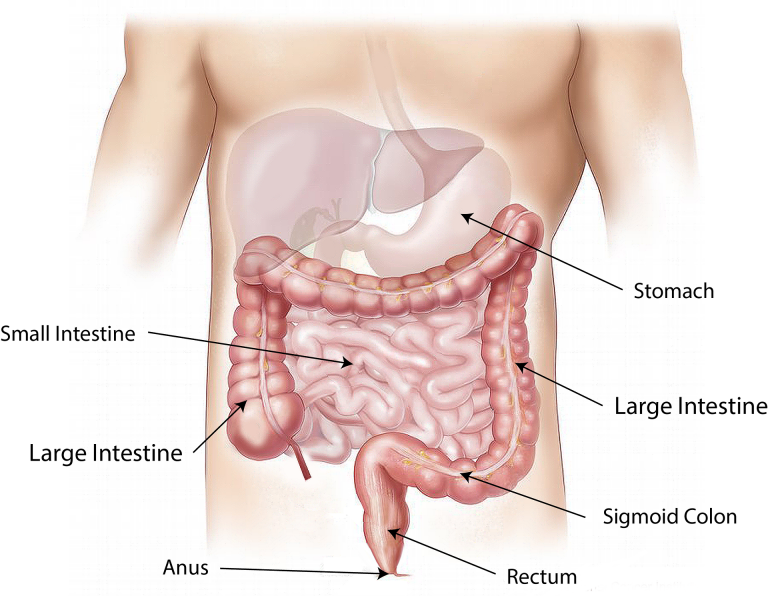Iron Deficiency and Infertility
Iron deficiency is a common condition in which there’s an inadequate supply of iron in your bloodstream. It’s the most prevalent nutritional deficiency, even affecting people in developed countries like the United States and is one of the leading health care burdens around the world.[1] If you are struggling to conceive, you may want to…






